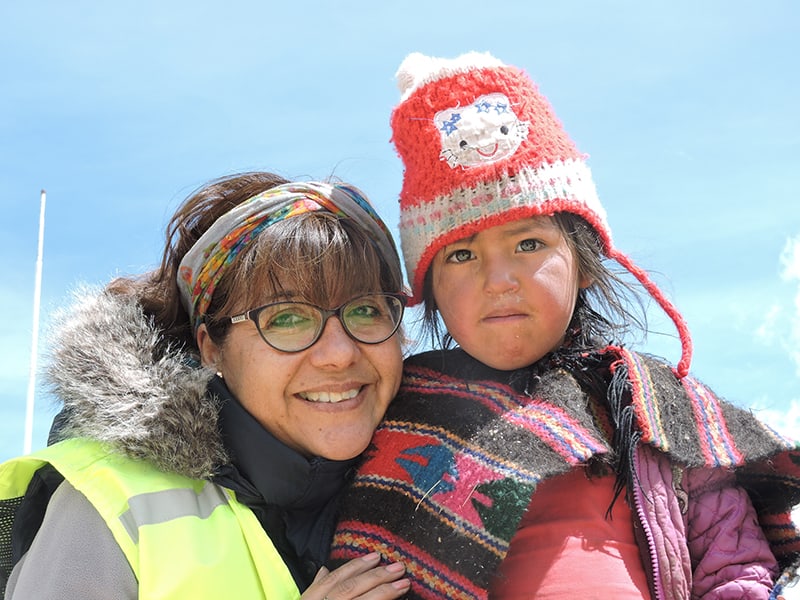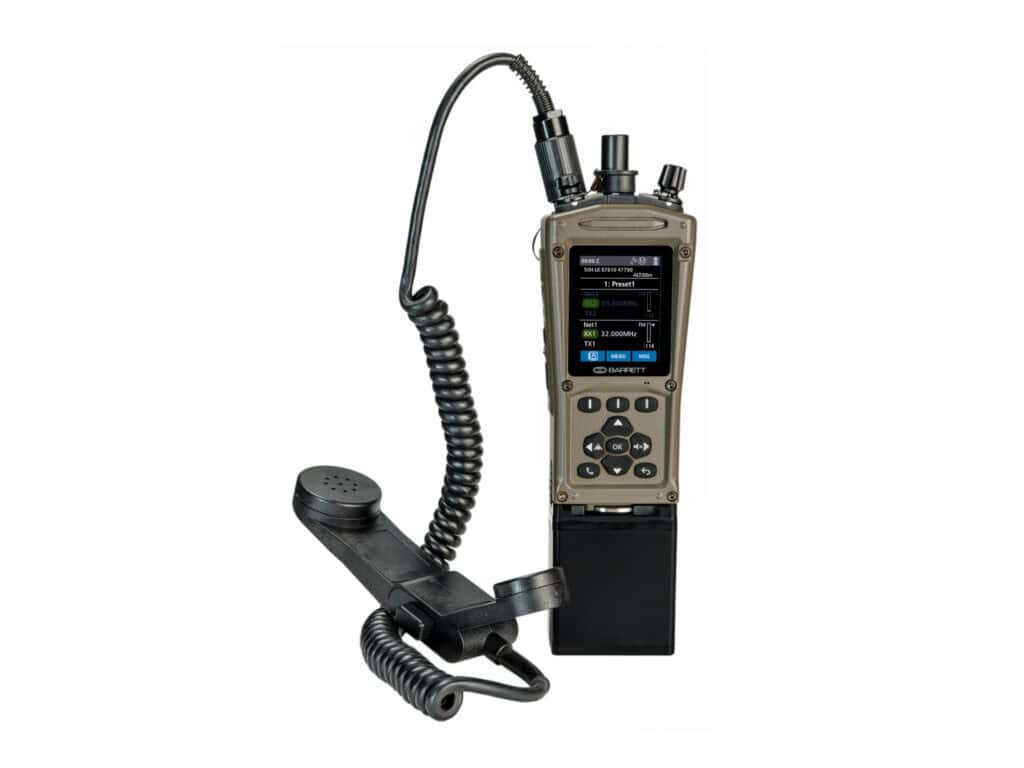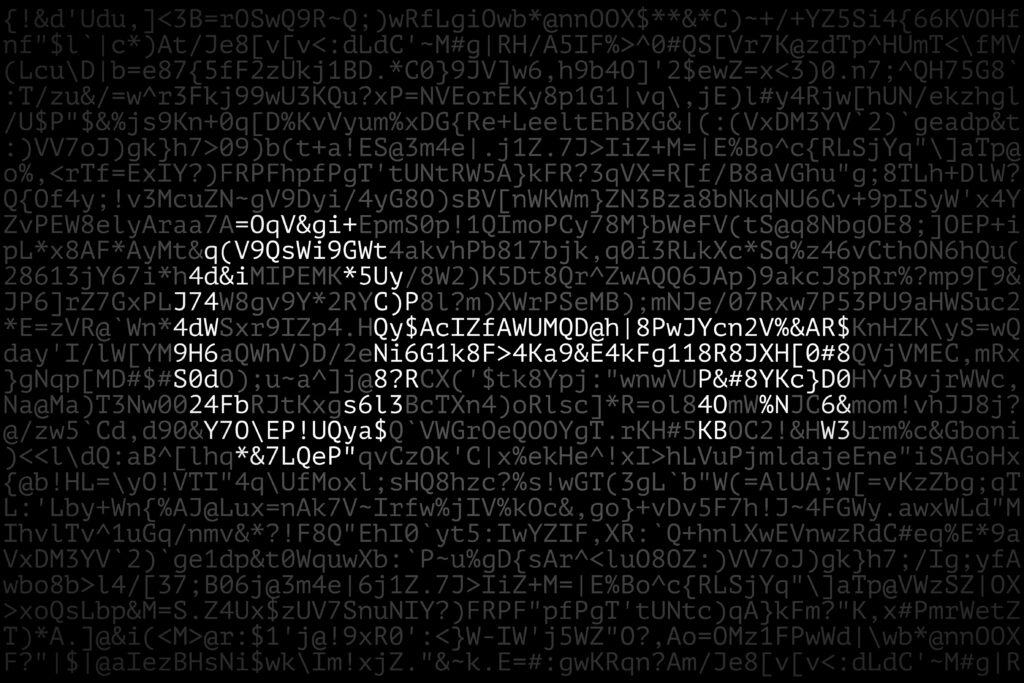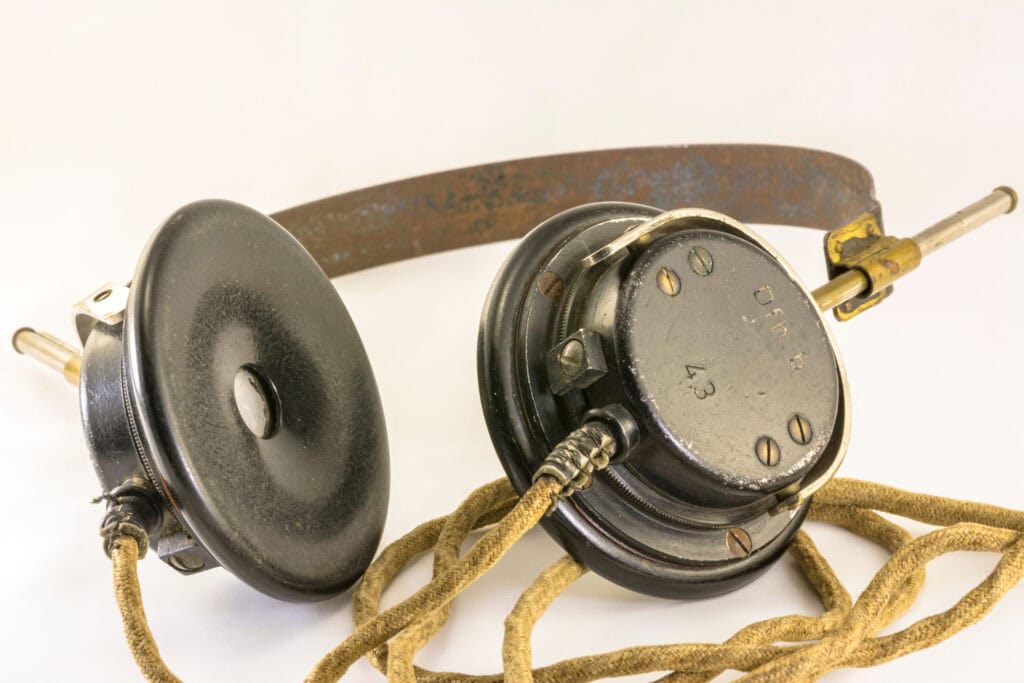How do solar flares affect radio communications?
How do solar flares affect radio communications?
As we’ve previously explored, weather significantly impacts the quality of radio communications. Though we can’t change these events, we can control how our radio equipment withstands different weather conditions – including those in space. Here, we examine the impact of solar flares on radio broadcasts and how Barrett Communications equipment is structured to operate through such conditions.
What are solar flares?
Solar flares are intense, rapid bursts of energy particles that erupt from the sun when the magnetic fields become distorted. According to NASA, there are three classifications of solar flares:
• C-class, which are small flares with little consequences on Earth.
• M-class, medium-sized flares which can cause small blackouts.
• X-class, which are mammoth flares with the potential to cause radio blackouts across the planet.
Solar weather generally follows an 11-year cycle and is monitored by following sunspots, condensed magnetic fields that appear on the surface of the sun. Though some sunspots cause little disruption, others cause massive bursts of energy, ejecting the energy into space and affecting the ionosphere, which we explore further below.
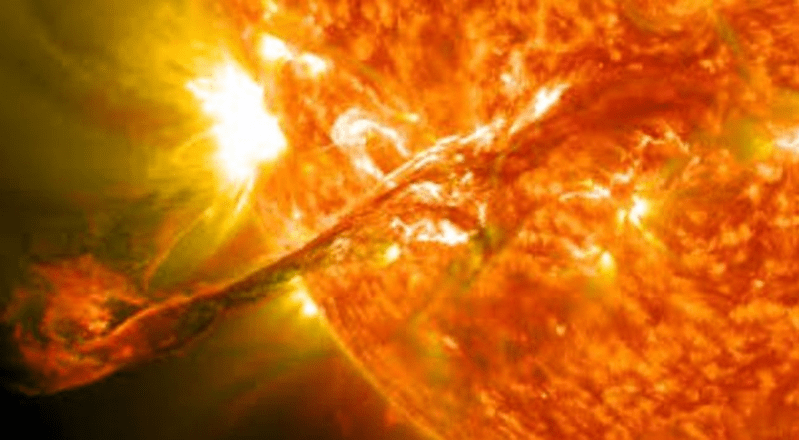
What are the effects of solar flares on radio communications?
A burst of solar flares has the capacity to bring down satellites and severely damage power grids, which can have potentially fatal consequences for critical infrastructure reliant on electricity. During these space weather events the changes in solar output limits the frequency at which radio waves are broadcasted, in particular, those used by HF radios.
High frequency or HF radiowaves are propagated through the ionosphere, a section of the atmosphere that uses solar radiation to reflect such waves back to Earth. The ionosphere is broken up into four different sections. The F section is the most important to those creating radio broadcasts as it’s the highest in altitude, making it the perfect area to reflect HF frequencies both during the day and at night.
HF radio frequencies in bands between three and 30 MHz are particularly susceptible to disruptions from solar flares. A solar flare reduces HF frequencies, or makes them impossible to receive or broadcast over a period of time. Thankfully, complete HF radio blackouts are rare as there are only 300 days throughout the 11-year cycle that create flares large enough to do so, according to the Australian Government Bureau of Meteorology. That being said, it’s crucial for critical infrastructure such as power plants and hospitals to invest in equipment that withstands such events in order to prepare for the worst-case scenario.
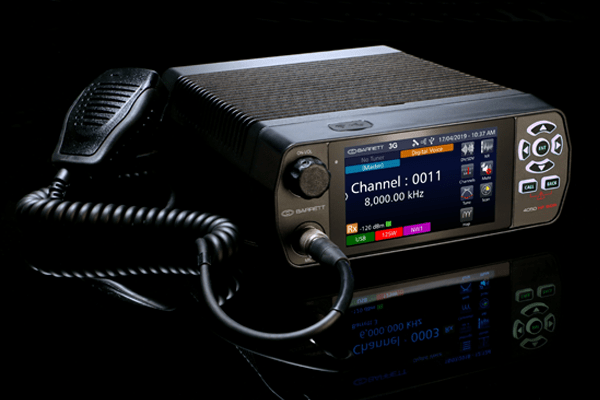
The Barrett 4050 HF SDR incorporates new technology that reduces the impact of background noise.
How is Barrett Communications equipment built to withstand such conditions?
Due to the nature of HF radiowaves, solar flares create a myriad of issues for transceivers and receiving equipment, including background noise. The Barrett 4050 HF SDR transceiver incorporates Digital Signal Processing technology which filters out such static or background noise. This is achieved by isolating voice data and amplifying the sound, while reducing the volume of static. The risk of atmospheric distortion is further mitigated by the Digital Voice function, which translates voice data into sequenced tones decoded on reception. This form of contact makes it difficult both for outside parties to decode, but also means messages are less likely to get lost or broken by space weather.
A lapse in communication can have dire consequences. To prepare your operation for these scenarios, get in touch with Barrett Communications to find out which equipment is best suited to keep your lines of contact up and running.


